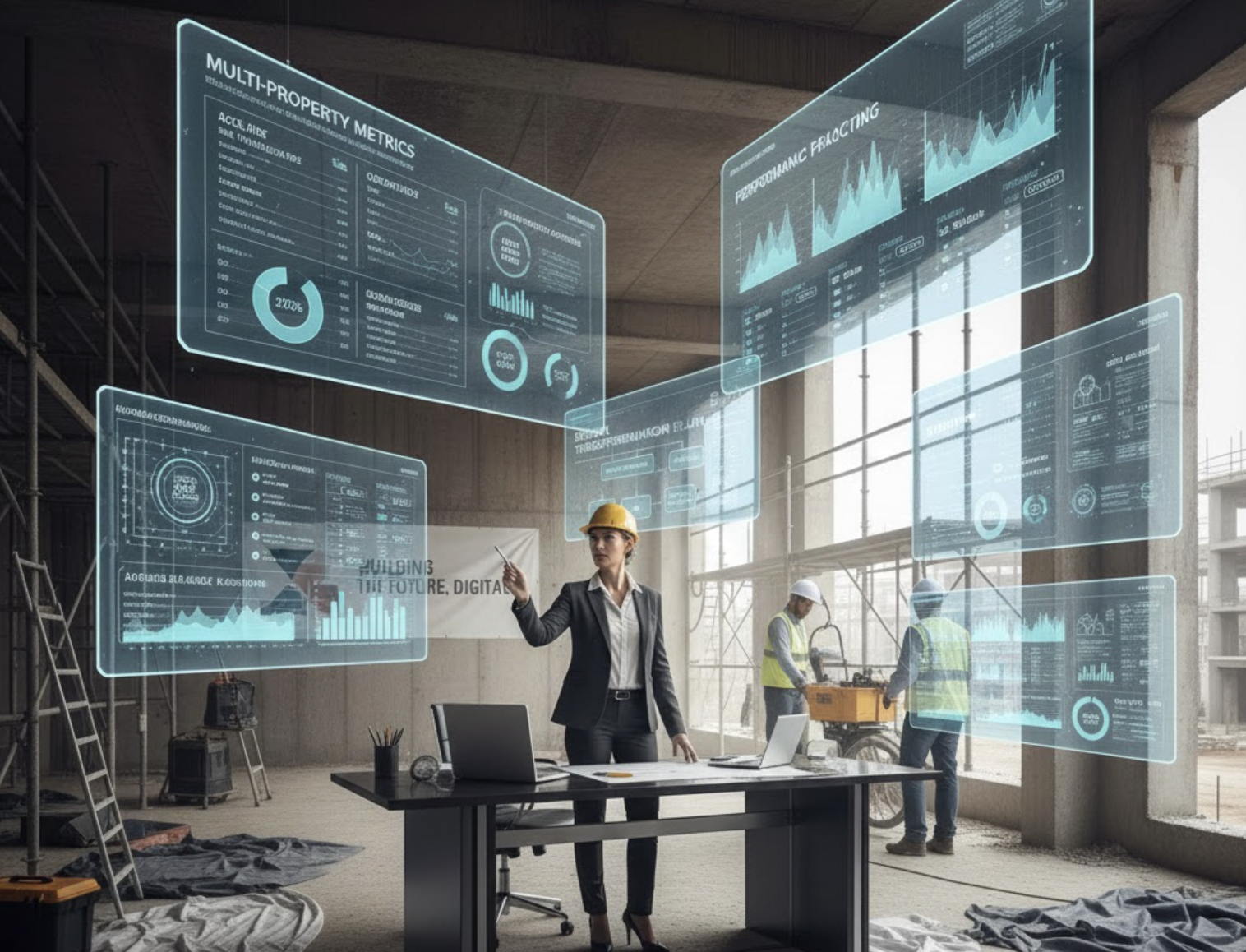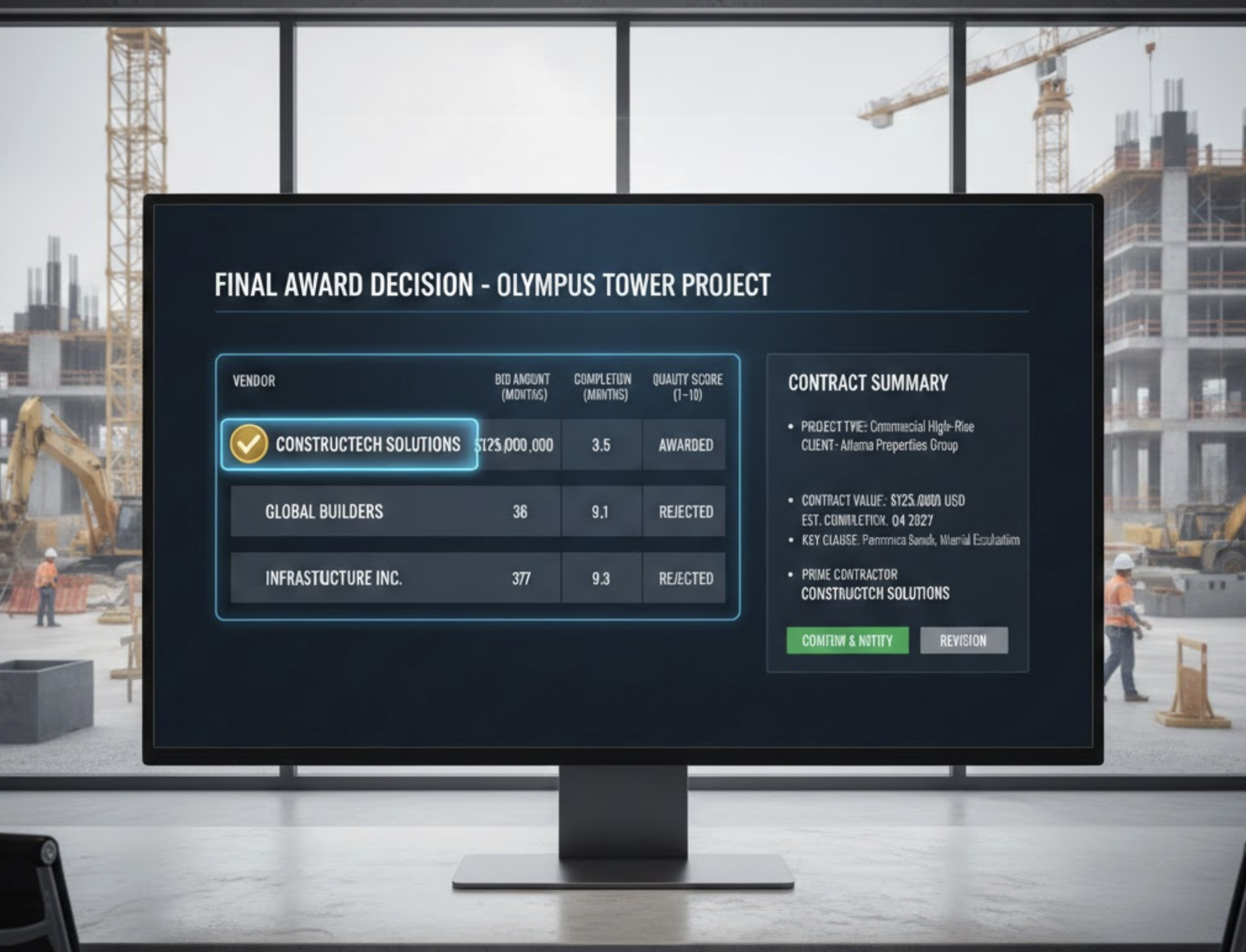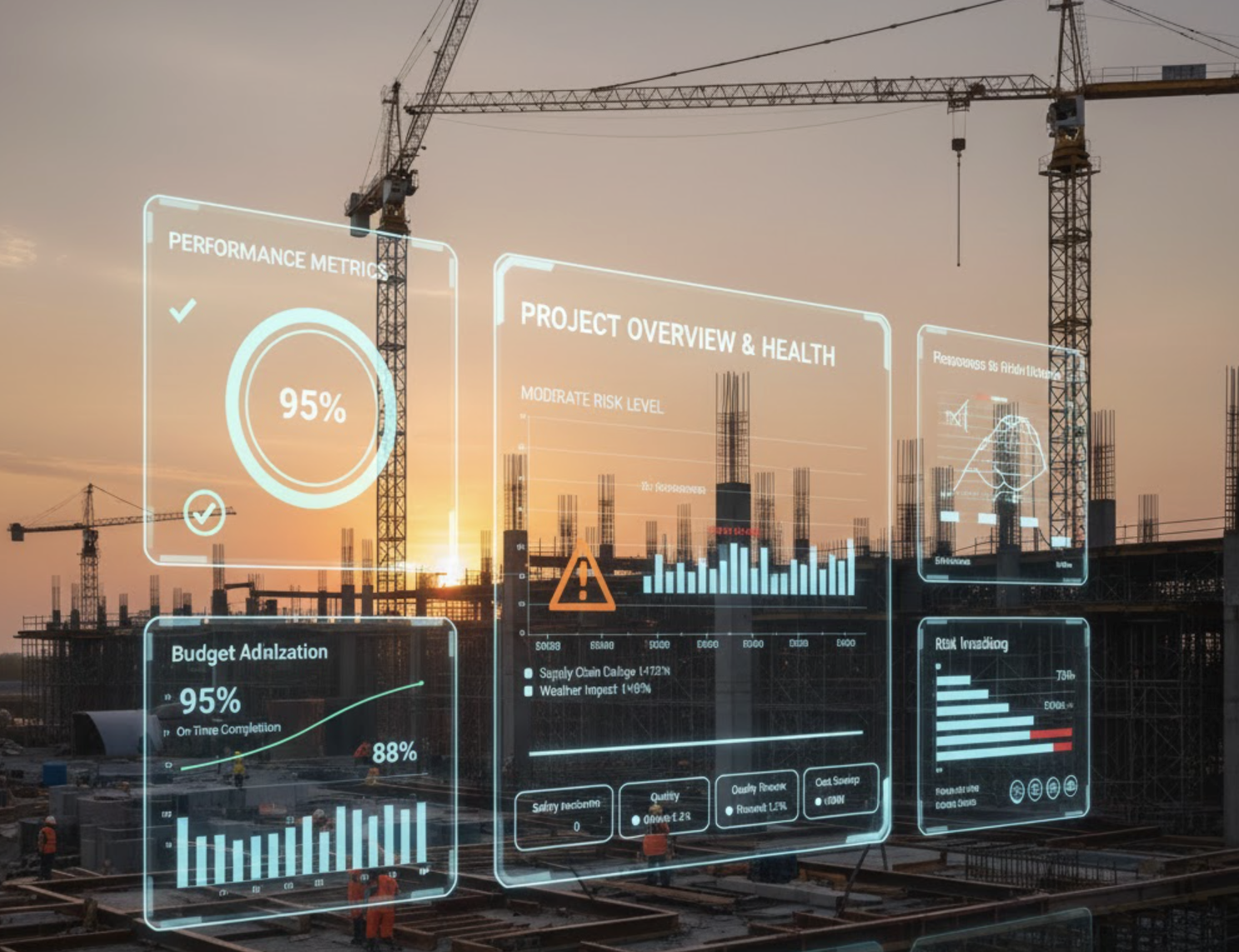Bridging the Gap Between Site and Consultant: Centralizing Document Feedback
In the realm of construction project management, efficient communication between site managers and consultants is essential for ensuring the success of any project. Centralizing document feedback plays a pivotal role in achieving this objective by providing a single platform where all stakeholders can access, review, and comment on key documents simultaneously. This article delves into the definition, importance, benefits, challenges, and best practices associated with document feedback in construction, while highlighting how Zepth can facilitate this process.
Understanding Centralized Document Feedback
Definition and Importance
Centralizing document feedback involves creating a single platform where all parties involved in a project can access, review, and provide feedback on documents. This approach is crucial in the construction industry, where effective communication and collaboration between site managers and consultants are essential for project success. A centralized system ensures that all stakeholders can interact with the same documents, fostering a cohesive understanding of the project goals.
Key Concepts
- Single Platform: A centralized system allows all stakeholders to access and review documents in one place, ensuring everyone is on the same page.
- Real-Time Communication: This system facilitates real-time feedback and responses, which is vital for efficient collaboration and decision-making.
Benefits of Centralization
Improved Communication
By centralizing document feedback, misunderstandings and miscommunications are drastically reduced. All stakeholders have access to the same information, which diminishes the likelihood of conflicting interpretations or assumptions. When each party can see the same document at the same time, it encourages clarity and transparency, leading to healthier discussions and collaboration.
Efficient Decision-Making
Real-time feedback enables quicker decisions, which can significantly accelerate project timelines. When stakeholders can promptly address comments and concerns, the overall review process becomes streamlined. This efficiency is particularly important in construction, where time is often a critical factor, and delays can lead to increased costs or compliance issues.
Enhanced Quality
A multi-stage review process that occurs within a centralized feedback loop ensures a thorough examination of documents in various areas, such as content, formatting, and compliance. This diligence leads to higher quality documentation that meets regulatory and organizational standards, reducing the risk of errors that can derail project timelines and budgets.
Challenges in Communication
Disparity Between Consultant and Client
While consultants typically bring a wealth of industry-specific knowledge, clients may face unique challenges that necessitate tailored solutions. This disparity can lead to misunderstandings or misalignment regarding project goals. To mitigate these issues, centralizing document feedback fosters a collaborative communication environment, ensuring all parties—regardless of their expertise—can contribute effectively to the dialogue.
Bridging the Gap
Centralizing document feedback not only standardizes communication but also enhances teamwork, ensuring clarity and focus on solutions within the documents. This approach makes the complex information contained within construction documents more accessible and understandable for all stakeholders, allowing them to engage meaningfully in discussions and decisions.
The Role of Document Feedback
Clarity and Accessibility
It is essential that documents be crafted with clarity, devoid of jargon, and structured logically. When documents are accessible and easy to comprehend, all stakeholders can grasp complex ideas, accelerating the decision-making process and reducing frustration that may arise from verbose or poorly-structured documentation.
Regular Updates
Maintaining a constant communication channel through regular written updates keeps all stakeholders informed and aligned with the project’s status. By updating documents regularly in a centralized format, stakeholders can track changes and respond accordingly, which streamlines the overall process.
Stages of Documentation Review
Break Down the Review Process
Dividing the review into manageable segments allows teams to focus on one aspect of the documentation at a time—such as content, formatting, or compliance. This structured approach helps ensure a thorough assessment and provides a clear pathway for feedback. By employing a systematic strategy, teams can enhance the overall quality and utility of construction documentation.
Best Practices
Constructive Feedback
Providing feedback that is structured and based on specific criteria—such as those defined in the Request for Proposal (RFP)—is paramount in construction project management. This method not only aids in assessing strengths and areas for improvement but also creates a clear feedback loop that guides responsible revisions.
Example of Structured Feedback
When delivering feedback, focus on specific aspects like the quality of the proposal, team setup and expertise, and industry-specific experience. This methodology yields a more actionable feedback cycle, one where stakeholders can make tangible improvements based on identified criteria.
How Zepth Can Help
Centralized Feedback Mechanism
Zepth offers a robust platform that centralizes document feedback and enables real-time communication and collaboration between site managers and consultants. By providing a single access point for feedback and document management, Zepth ensures that all stakeholders are on the same page. This capability facilitates efficient decision-making and ultimately improves project outcomes.
Enhanced Collaboration
Utilizing Zepth, construction projects can benefit from improved communication and quicker decision-making processes. Enhanced quality of documentation also translates to better project management, yielding positive results and paving the way for subsequently improved efficiency across the board.
Internal Links for Further Reading
- Zepth Document Register – Centralized document storage system with automated version control.
- Zepth’s Construction Progress Report – A tool for tracking and reporting project milestones.
In conclusion, centralizing document feedback is pivotal for overcoming significant communication challenges in construction projects. By adopting Zepth’s comprehensive solutions, teams can enhance collaboration, streamline decision-making, and achieve superior project outcomes. Through this unified platform, all stakeholders work together seamlessly towards project success.




